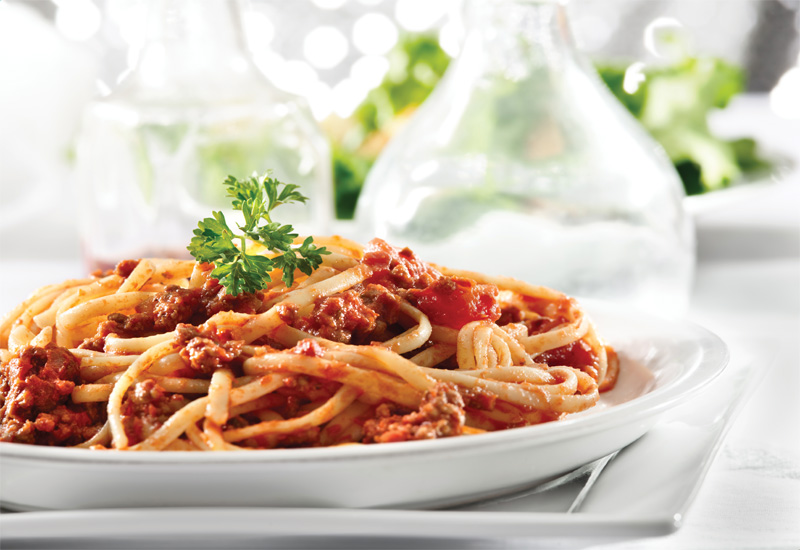How authentic is it?
Marianna Rescia, restaurant manager, Nais Italian Kitchen: We are all, including our chef, from the same town of Alessandria in the Piedmont Region, the north-western part of Italy and we feature some typical dishes of our region in the menu. These are not yet very popular as many clients don't like to venture into what is unfamiliar.
AM: Modern interpretations of classic recipes are bound to occur in Dubai as it does in Italy too. We chefs are artists and your palate is our canvas of sorts. Roberto’s menu is inspired by the whole of Italy but with strong Sicilian undertones given our personal backgrounds.
What’s the competition like among suppliers?
JS: It is a competitive market. Since we produce the products we sell we can provide a customised product on short notice. This allows our clients more flexibility with the challenges they choose to take on.

| Advertisement |
What does it take for an Italian restaurant to succeed here?
AB: The best way to stand out is to be consistent with your product and have character in what you do.
AZ: Having a brand name at the start certainly helps but after that you have to build your own customer base. You have to ensure the quality and standard every time people visit you. The brand name can help attract customers at the beginning but if they don’t like the experience and it does not meet their expectations of the brand, they will not return.
What are the challenges?
AZ: The biggest challenge of locally supplied ingredients is the quality and flavour.
MR: Sourcing locally is a challenge in Dubai as most items are imported from the wider region, Europe and other parts of the world. We would rather use local fish that is fresh than use the imported and expensive kind.
AB: There is very little local production. Nonetheless, we do use a local Italian cheese producer for mozzarella and some dairy produce.
How easy is it to import Italian produce?
SR: Italian produce always garners attention from food lovers, making it very easy to introduce. The tradition, trust and quality of Italian products are recognised worldwide. Barilla pasta, Ferarelle water, Pietro Coricelli olive oil, Mutti tomato paste, and Kimbo coffee are all household Italian brands.
MLM: For the Italian chef or someone trying to make Italian recipes true to their origins, one of the greatest challenges can be finding fresh ingredients. Italian cooking combines often only a few ingredients for each dish, but the flavours have to stand out and go together with the others.
What does the future look like for Italian cuisine?
SR: I believe the market is looking to increase here, with growing interest from Europe – there are many European based outlets opening here creating more demand for European products.
JS: The demand for Italian products will always be there, but the key to growth will be creating or trading products that meet budget demands and don’t limit a chef’s ability to make a point of difference on their menu.
MR: When the Mediterranean diet became popular all over the world, Italian food became not only good to eat but it also became healthy. With the positive changes and increasingly discerning palate of Dubai diners I think the future is bright for Italian eateries, particularly independent ones.
Article continues on next page ...









 Search our database of more than 2,700 industry companies
Search our database of more than 2,700 industry companies









